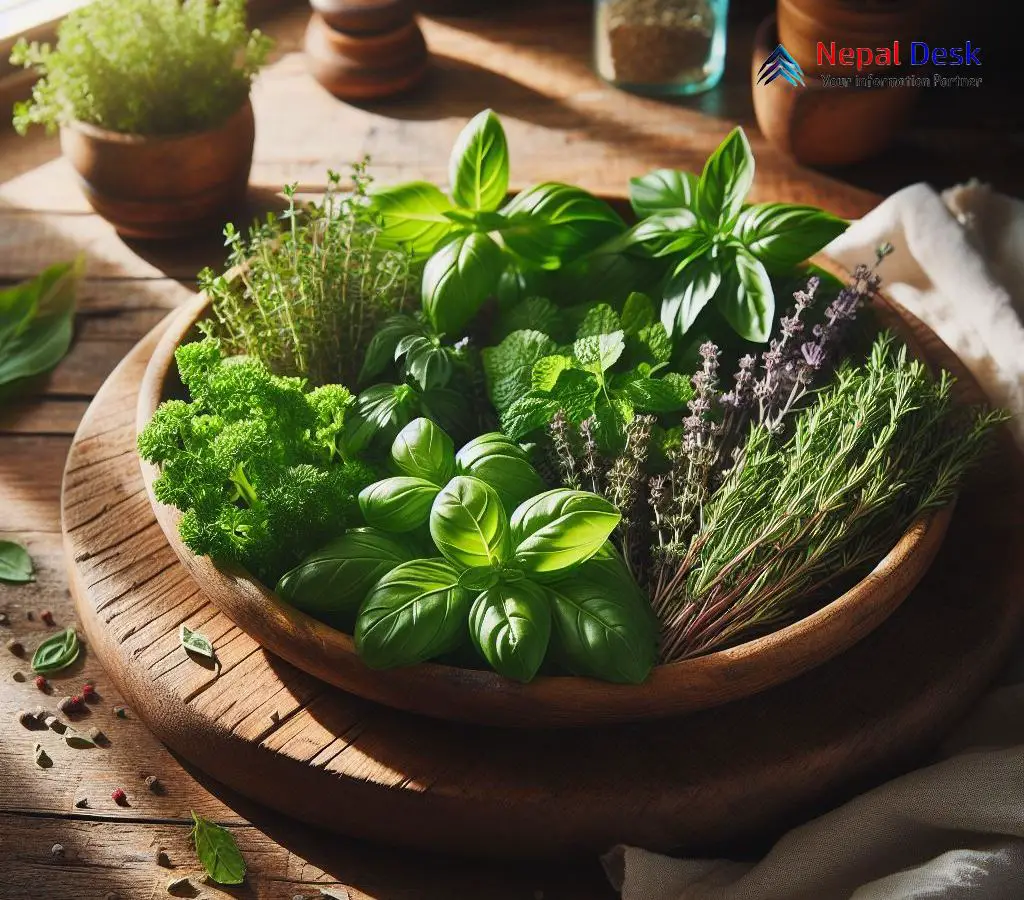Medicinal Herbs Worth Rs. 700 Million Exported by Nepal in Nine Months
Published Date

Published Date
Explore the export of medicinal herbs worth Rs. 700 million by Nepal in nine months highlighting optimistic trends in the herb trading sector.
⏱ 3 min read
In nine months, medicinal herbs valued over Rs. 700 million have made their way to international markets via Nepalganj, a pivotal point for herb exportation. Data from the Nepal Herb Traders Association reveals that, despite numerous challenges, this substantial figure was reached between July and March of the present fiscal year. Tank Prasad Sharma, who leads the association, reported that traders succeeded in this significant export amidst internal and external adversities.
Despite facing stringent regulatory measures by the Indian authorities and uncertain policies from the Nepali government that had previously caused a decline in herb exports, Sharma observes optimistic trends suggesting a rebound in this sector.
The customs office at Nepalgunj documented that by March end of the fiscal year, 2023/24, an impressive 2,805,839 kilograms of assorted herbs with a total value exceeding Rs. 700 million were exported through this checkpoint, marking a substantial trading activity compared to the previous year's figures up to March 2022/23.
Nepalgunj remains instrumental as the nexus for collecting and dispatching herbs cultivated in mountainous regions such as Karnali Province. This trading hub efficiently functions as a conduit through which herb exports reach not only India but also extend to international markets like Germany and Bangladesh.
Chief among these exports are Timmur (Zanthoxylum armatum), Ritha (Sapindus mukorossi), and Kaulo (Machilus odoratissima). These herbs, often used in manufacturing medicinal products as well as personal care items such as soap and shampoo, have seen consistent outbound movement through Nepalgunj.
Local merchants purchase these botanicals directly from producers in Karnali's hilly landscapes to meet foreign demand. Nonetheless, despite the thriving market, herb exporters have encountered increasingly tough challenges in recent years; a condition Sharma from the Herbal Traders Association stresses is growing tougher.
Herbs And Nepal
Nepal also boasts a favorable geography for growing herbs, thanks to its diverse climate, rich soil, and unique topography. Here are some reasons why Nepal is well-suited for herb cultivation:
- Himalayan Climate: Nepal's varied climate ranges from subtropical in the lowlands to alpine in the Himalayan regions. This diversity allows for the cultivation of a wide range of herbs that thrive in different climatic conditions.
- Rich Biodiversity: Nepal is home to a rich biodiversity of plant species, including many medicinal herbs. The country's forests and mountainous regions are abundant with herbs used in traditional medicine and culinary practices.
- Organic Farming Practices: Many areas in Nepal practice organic farming methods, making it an attractive destination for cultivating herbs without synthetic chemicals or pesticides. This contributes to the quality and purity of the herbs grown.
- Cultural Heritage: Nepali culture has a long history of using herbs in traditional medicine, Ayurveda, and cooking. This cultural heritage promotes the cultivation and preservation of indigenous herbs that are valued for their medicinal and culinary properties.
- Altitude Variability: Nepal's altitude variability, ranging from the Terai plains to the high Himalayas, creates microclimates suitable for different types of herbs. For example, high-altitude herbs like yarsagumba (Cordyceps sinensis) and rhododendrons are found in the upper Himalayan regions.
- Supportive Ecosystem: The natural ecosystem of Nepal, including rivers, forests, and mountain slopes, provides an ideal habitat for many herbs to thrive. The country's eco-friendly practices contribute to maintaining a healthy environment for herb cultivation.
